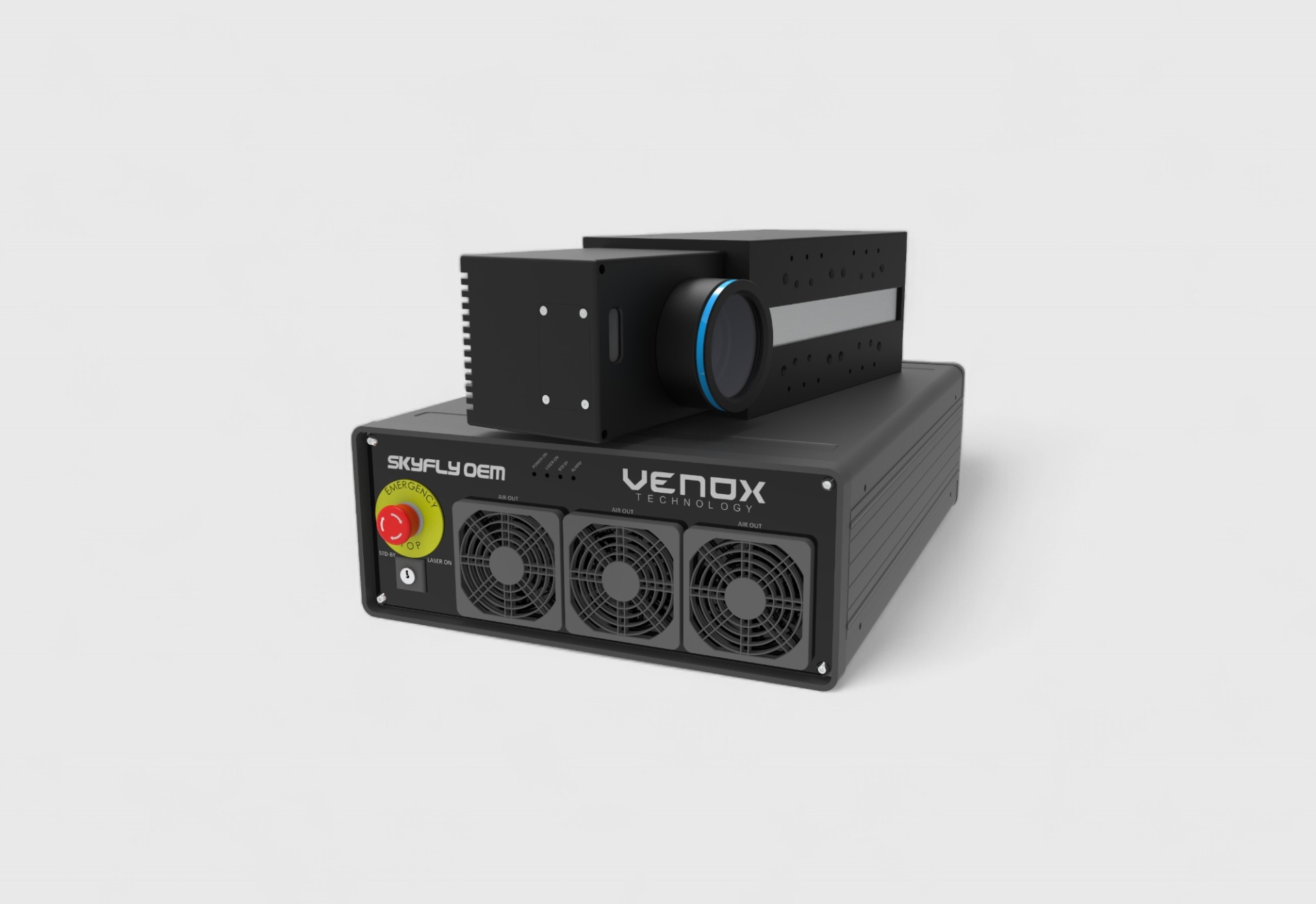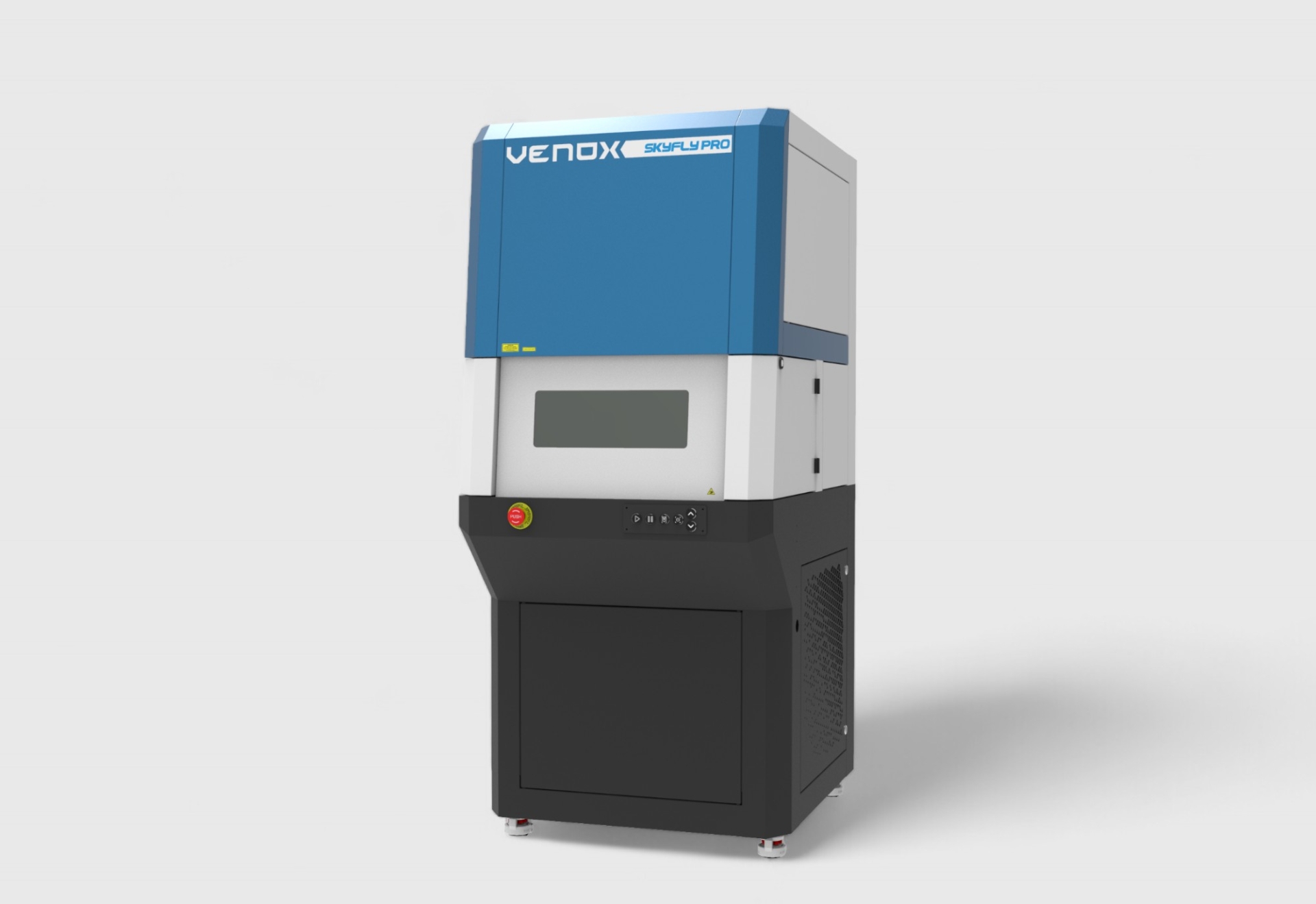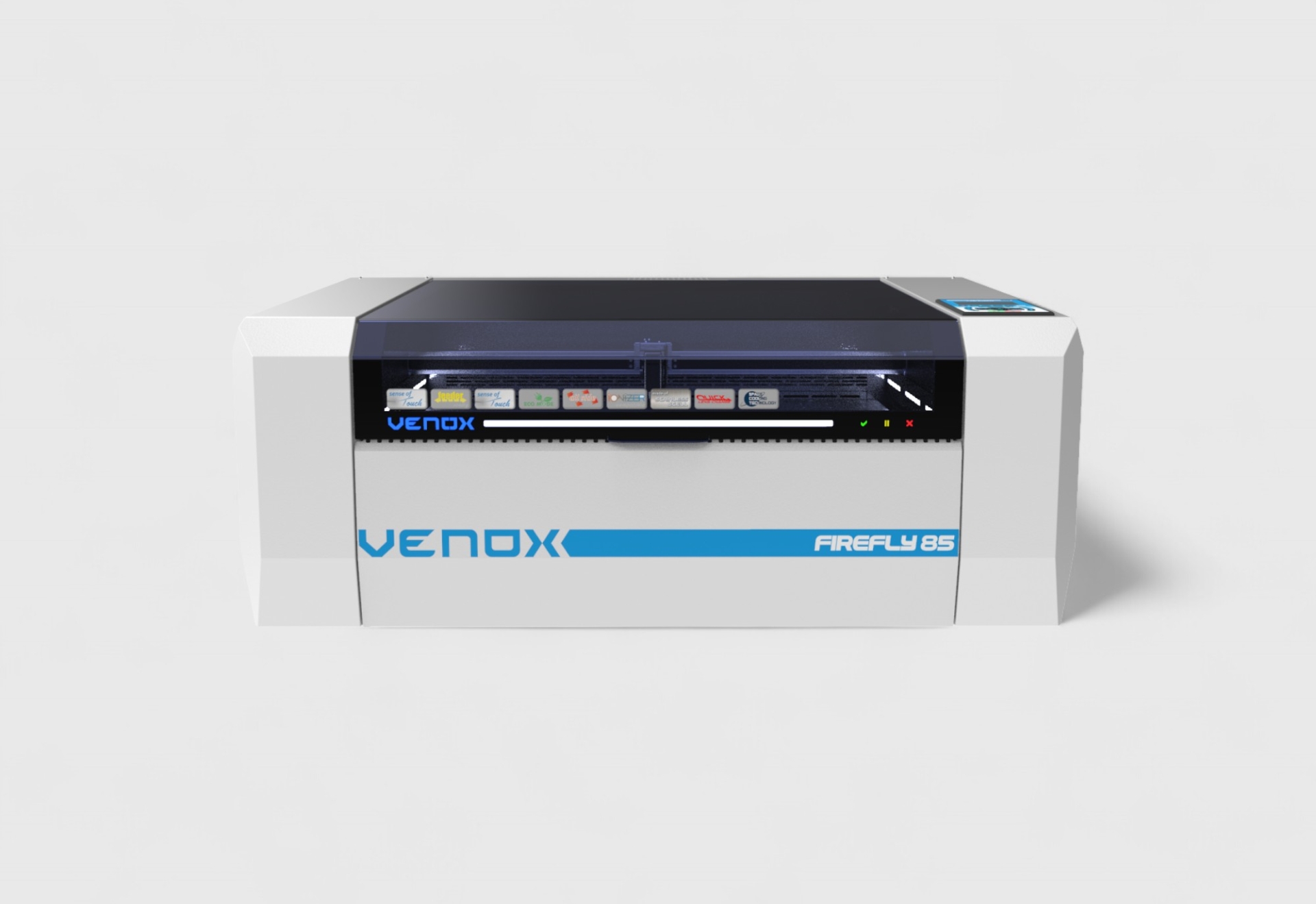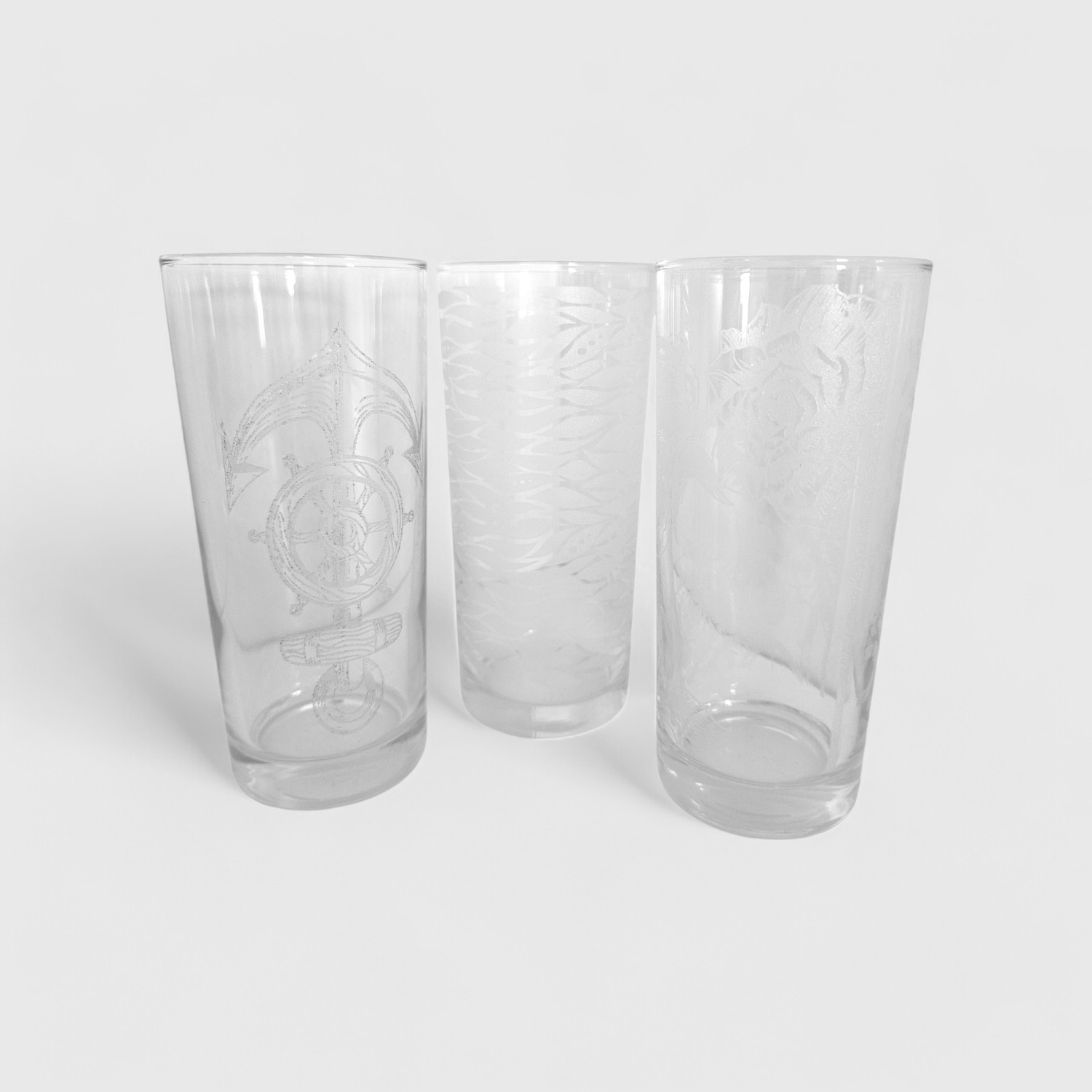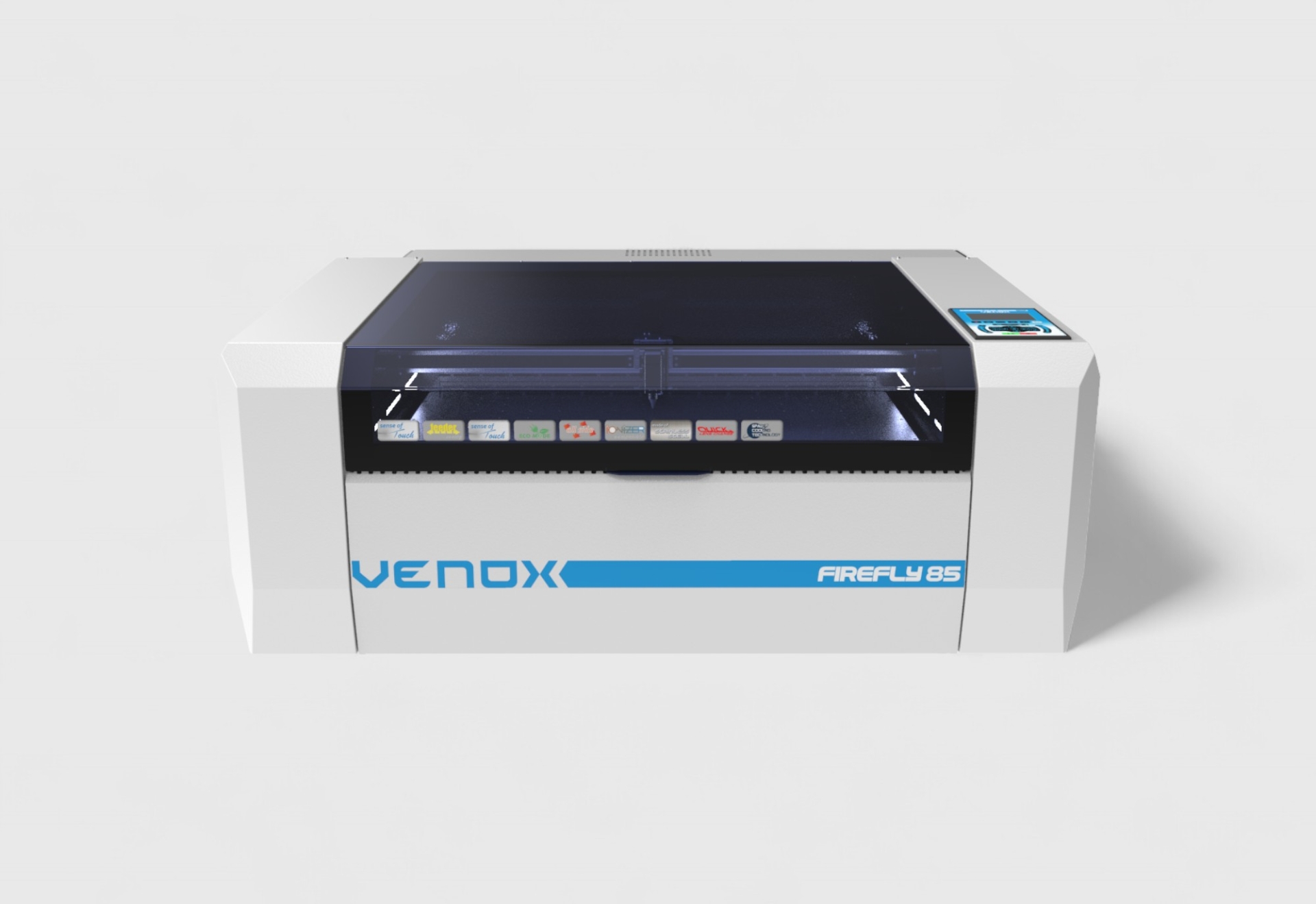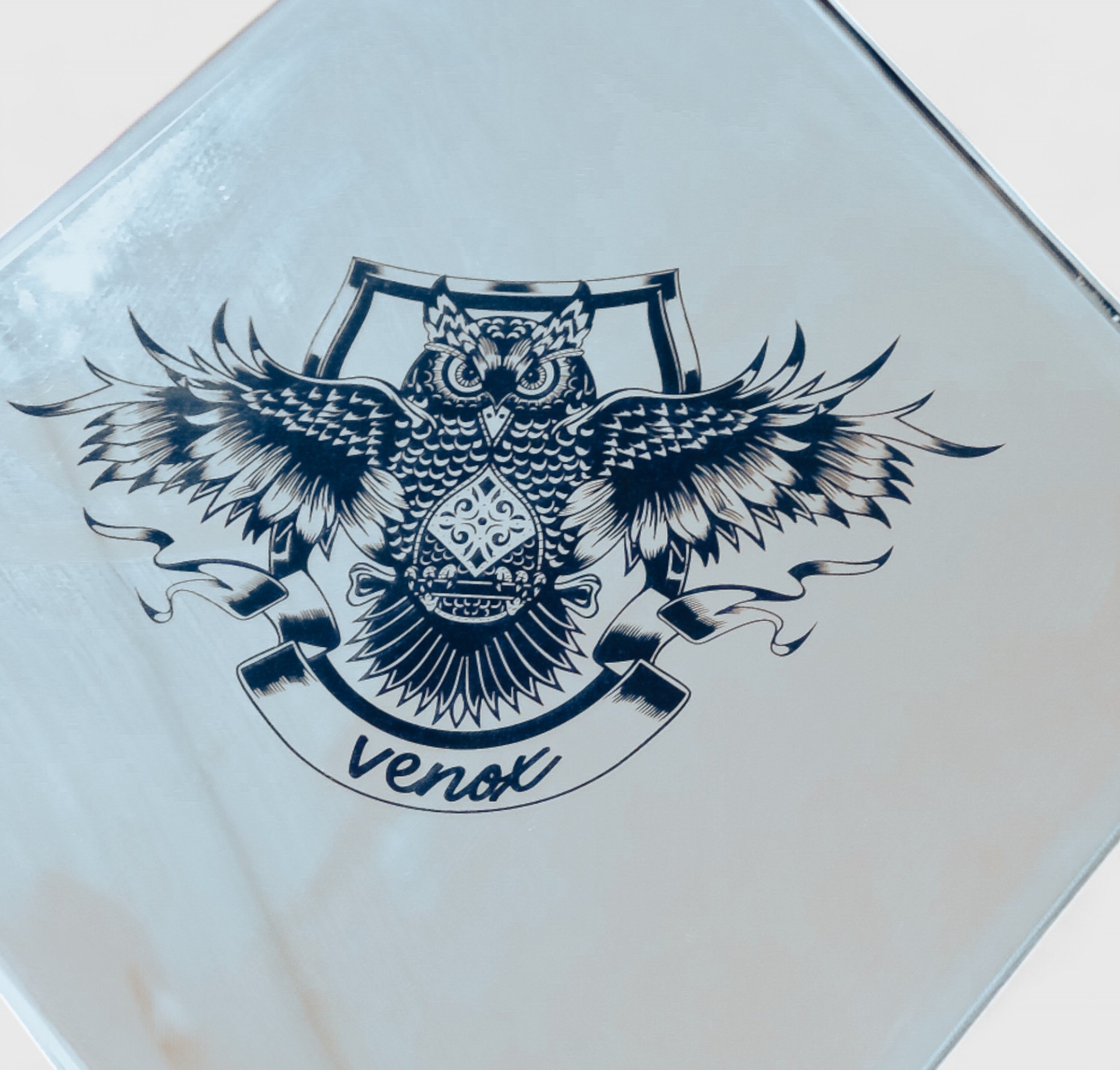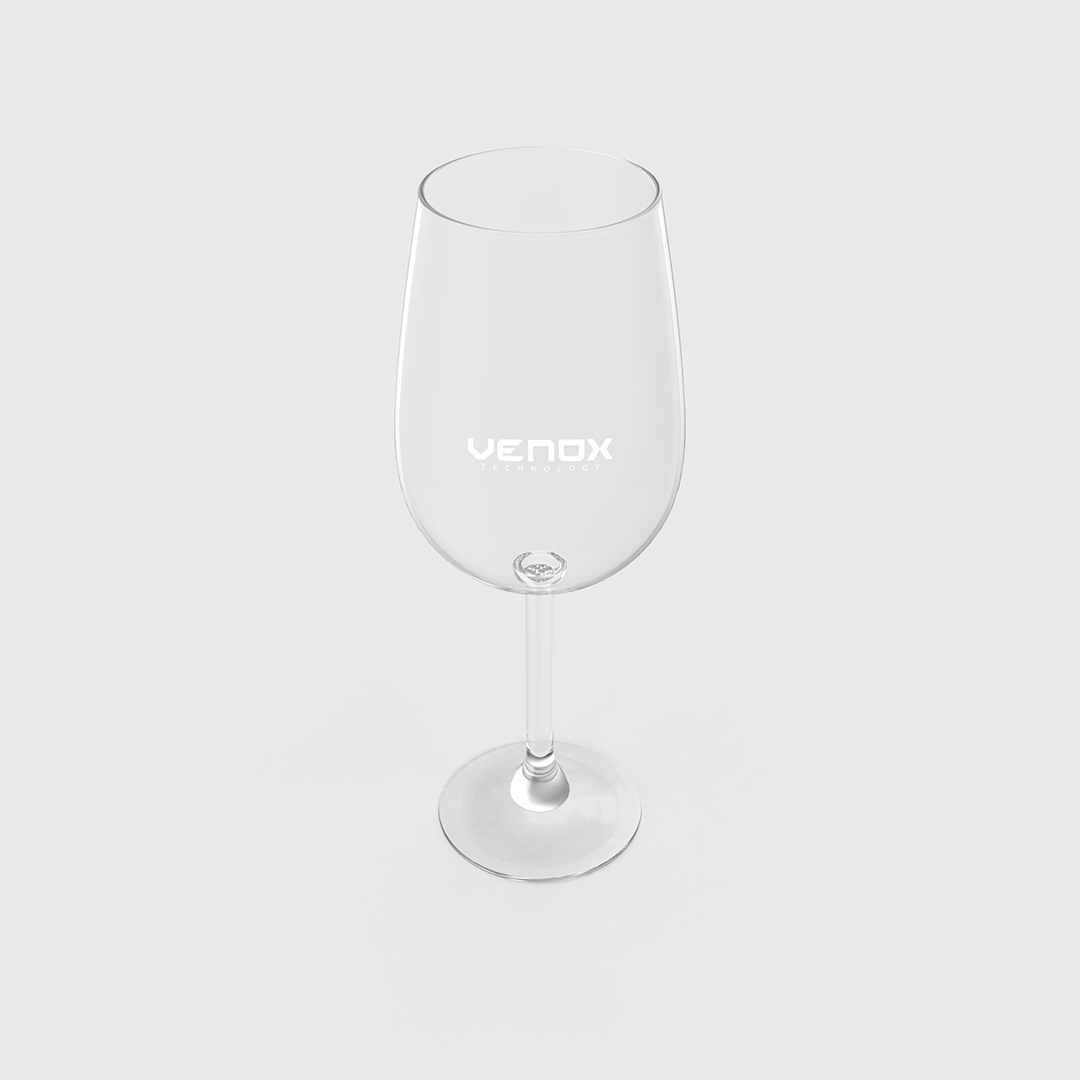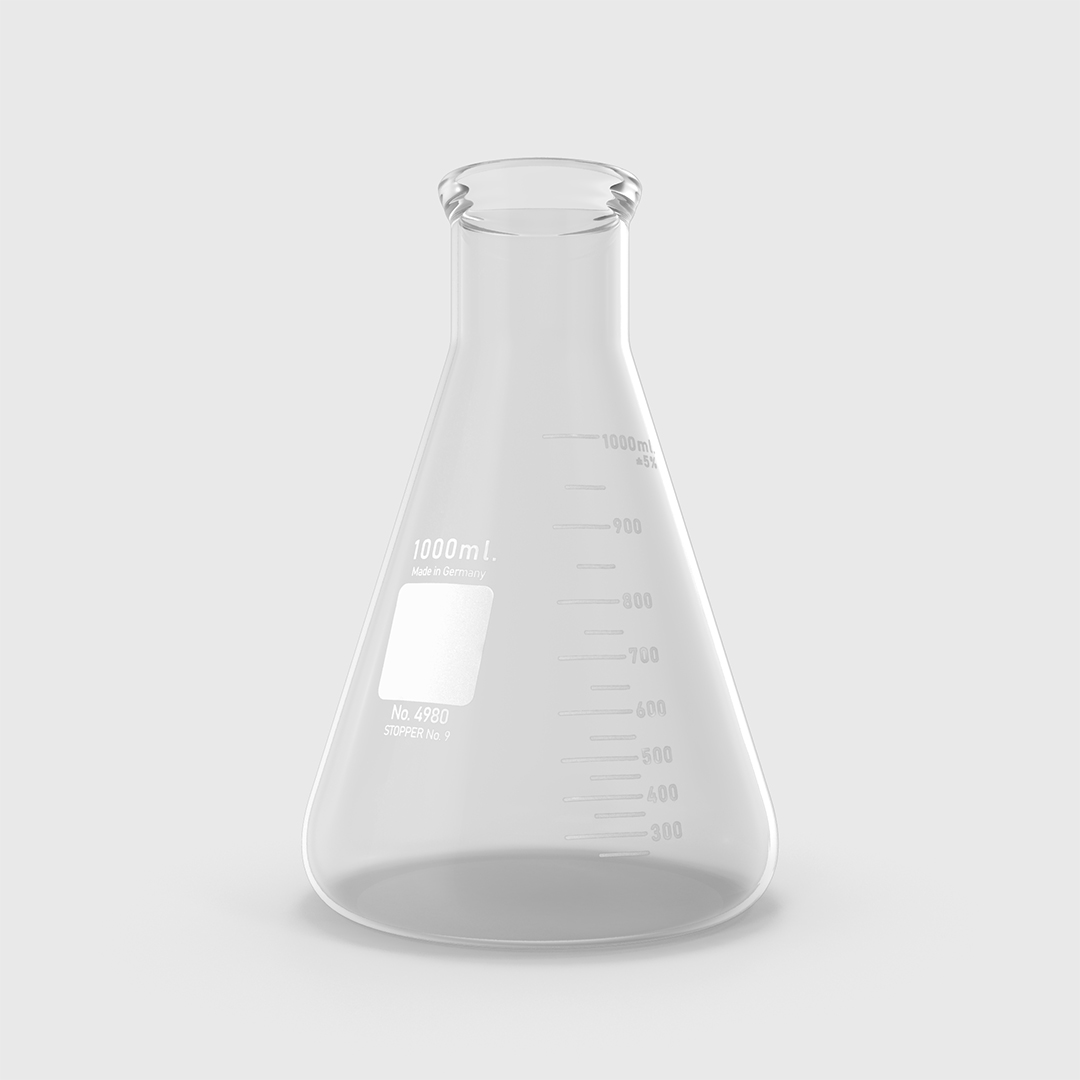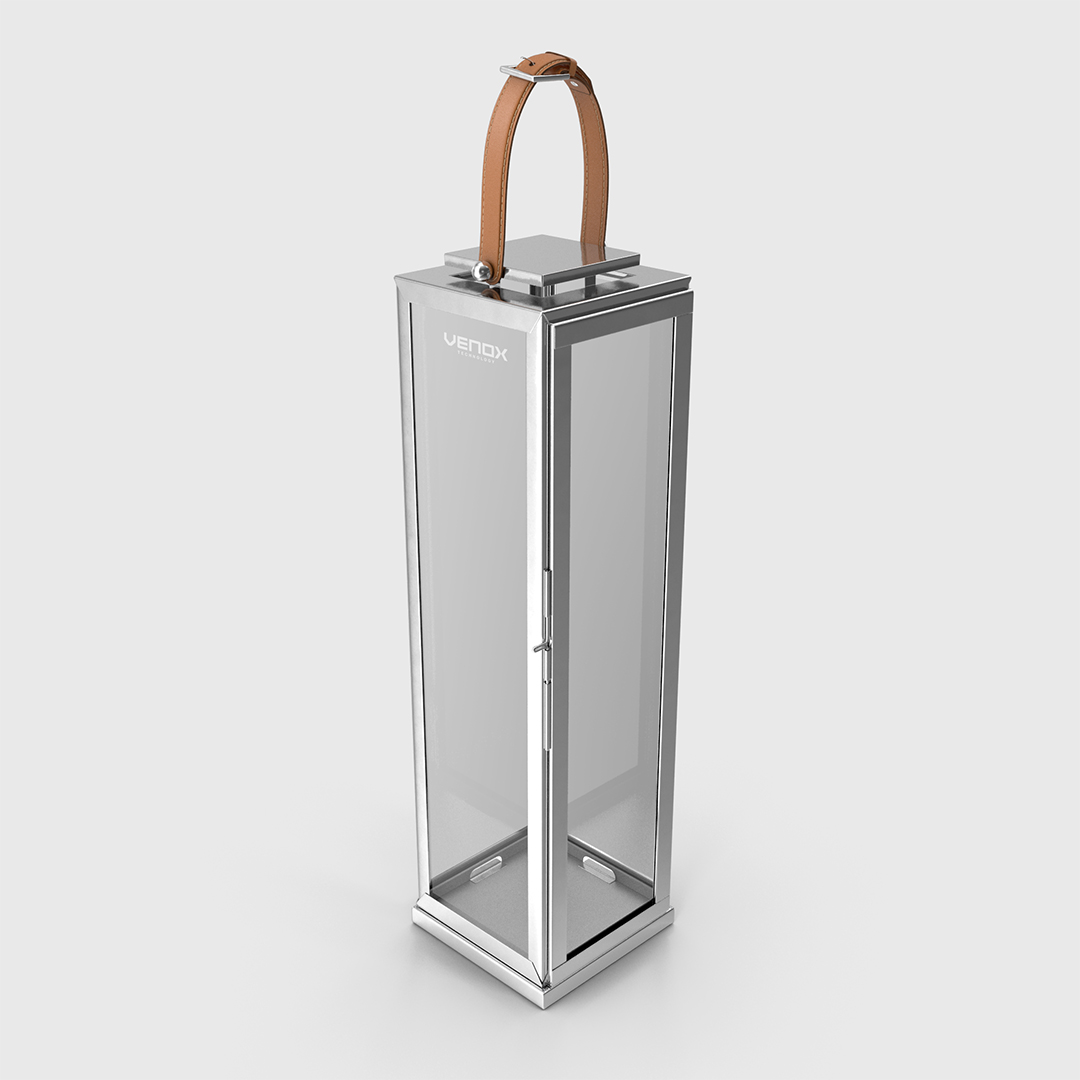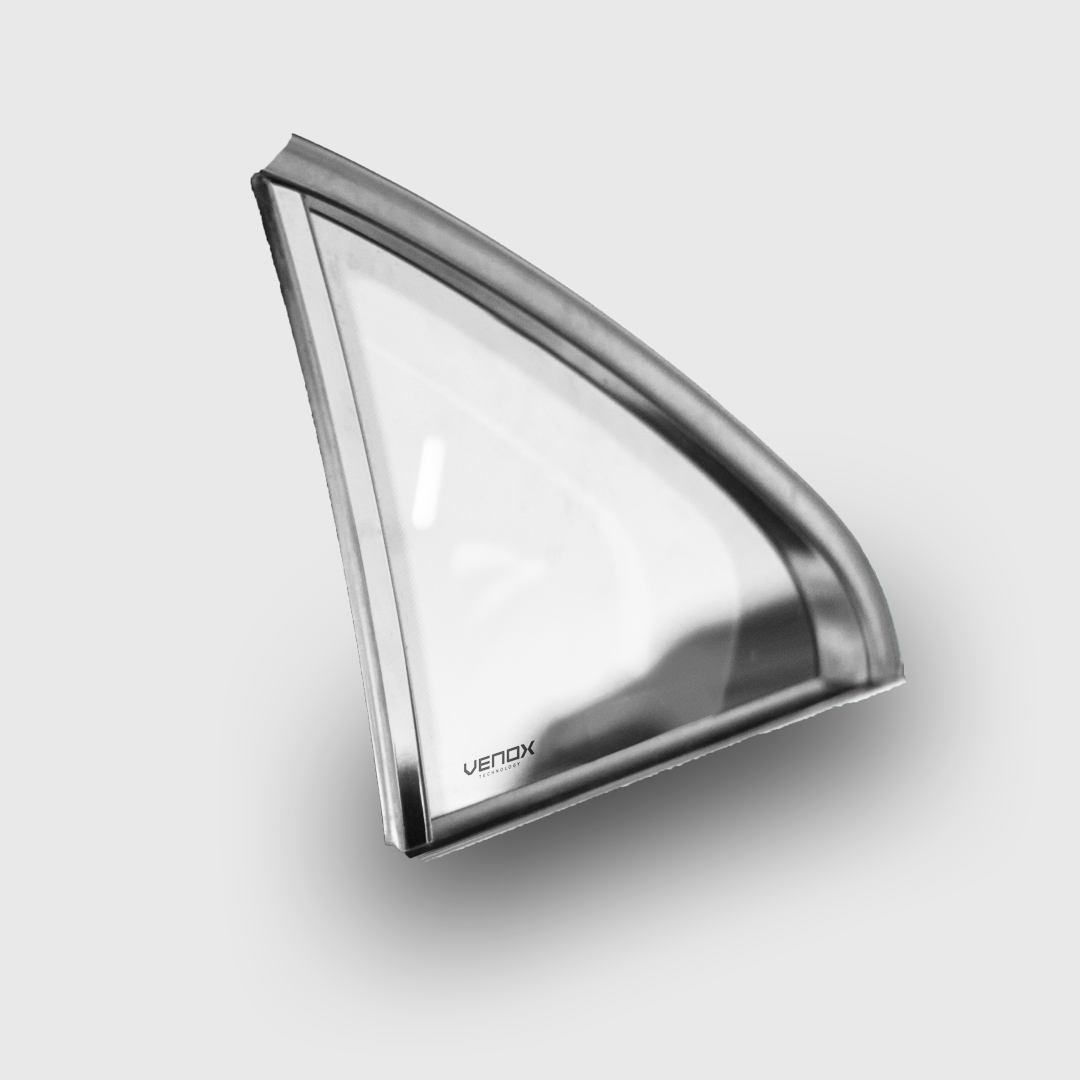Effect of Laser Marking and Cutting Technology on Glass Materials
Glass, with its transparent and fragile structure, is one of the most challenging materials to process. Traditional cutting and machining methods can damage or cause cracking on the glass surface. Laser marking and cutting technology offer significant advantages in industries such as manufacturing, decoration, and packaging by providing precise, clean, and durable processes.
Effect of Laser Marking on Glass
Laser marking works without contacting the glass surface, creating permanent marks with high precision. CO₂ and UV laser systems modify the glass surface at the micron level, creating clear and readable patterns, texts, and codes.
Advantages of Laser Marking
- Precise and Clear Marking: Fine details and complex designs can be applied to glass without damaging the surface, thanks to laser technology.
- Durable and Permanent Marks: Laser markings made without ink or chemicals will not fade or erase over time.
- Non-Contact and Fast Process: Since laser marking does not physically touch the surface, the risk of breakage is minimized. It is also fast enough to be integrated into production processes.
- Compatibility with Various Types of Glass: Works effectively on many types of glass, such as bottle glass, tempered glass, borosilicate glass, laminated glass, and optical glass.
- Environmentally Friendly: Provides a clean and sustainable production process as no chemicals or consumables are required.
Applications of Laser Marking
- Automotive Industry: Serial numbers, logos, and security markings can be applied to vehicle windows, rearview mirrors, and headlamp glass.
- Packaging and Bottling: Brand logos, date codes, and QR codes can be marked on alcoholic beverage bottles, perfume bottles, and pharmaceutical glass bottles.
- Decorative and Architectural Glass: Artistic patterns, custom designs, and texts can be applied to glass surfaces to create aesthetic glass panels.
- Electronics and Optical Products: Precise markings can be made on smartphone glass, screens, and optical lenses.
Effect of Laser Cutting on Glass
Laser cutting is used to shape glass materials more precisely and controllably compared to traditional methods. Especially ultra-fast laser pulses make it possible to cut glass without causing breakage.
Advantages of Laser Cutting
- Precise Cutting: Thin, smooth-edged cuts can be made without the risk of breaking or cracking the glass.
- Complex Geometries: Laser cutting allows detailed designs that are difficult to achieve with traditional methods.
- Reduces Waste and Scrap: Laser cutting minimizes material loss by cutting glass in a controlled manner.
- No Further Processing Needed: The cut surfaces are typically smooth and clean enough to eliminate the need for additional polishing.
- Suitable for Automation and Mass Production: Laser cutting can be integrated into production lines, offering an efficient solution for high-volume manufacturing.
Applications of Laser Cutting
- Automotive Glass: Used to cut and shape vehicle windows and glass in special forms.
- Architectural and Construction Glass: Precision cuts for custom-shaped glass panels, window glass, and stained glass designs.
- Electronics Products: Laser cutting can be applied to cut phone screens, tablet glass, and delicate optical glass components.
- Medical Devices: Glass tubes and laboratory glass materials can be precisely and cleanly cut with laser technology.
